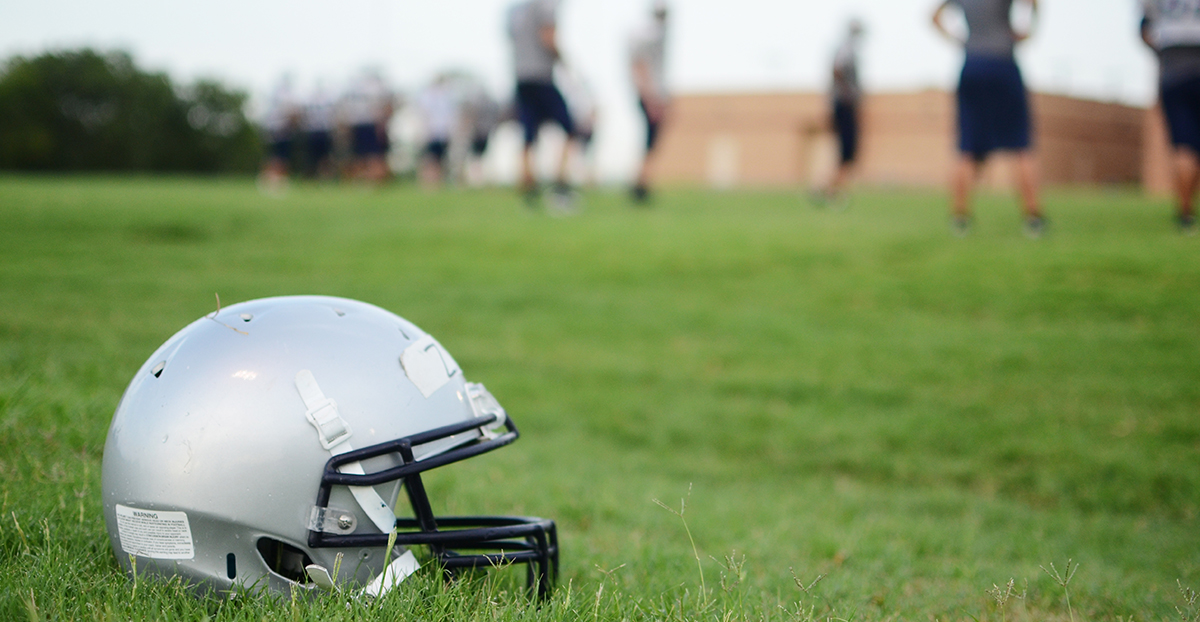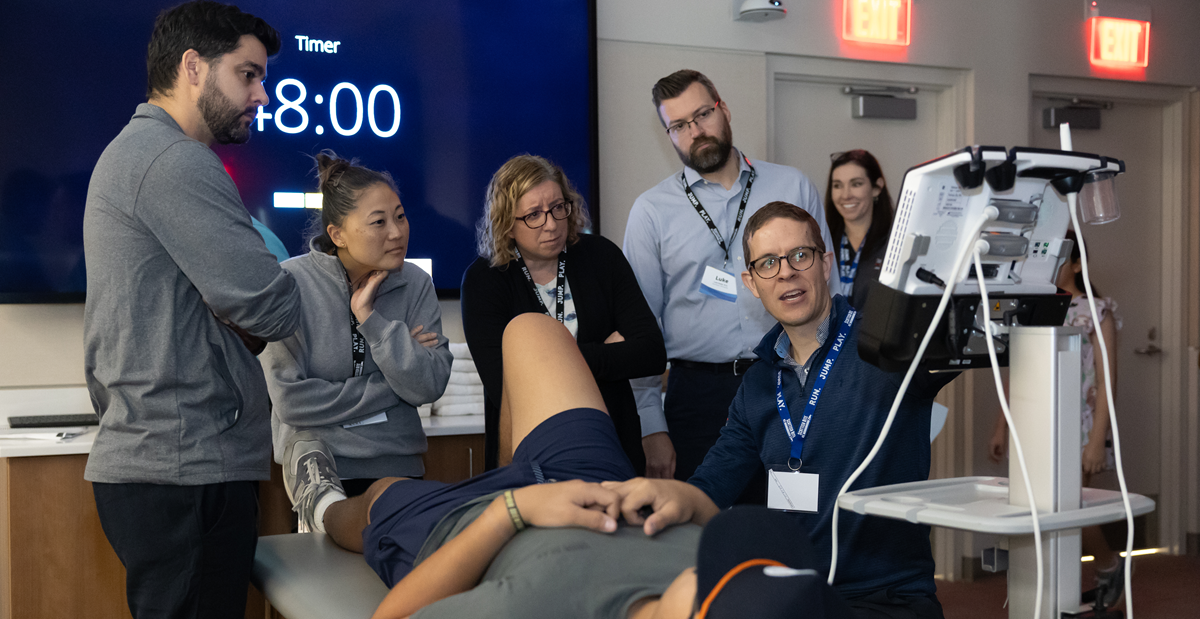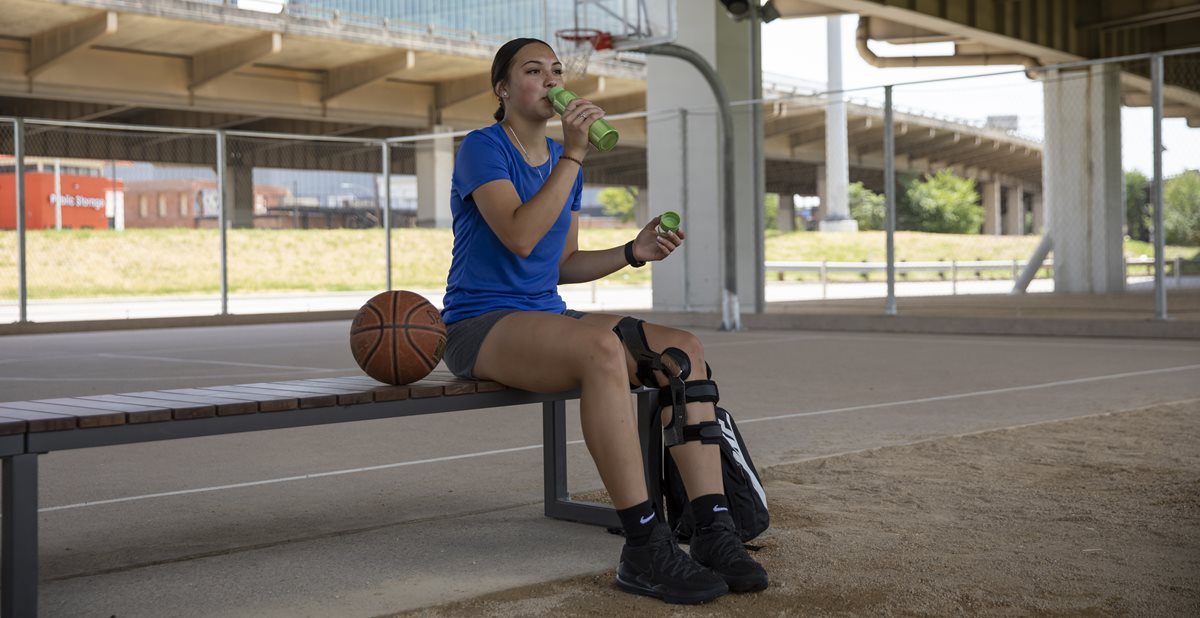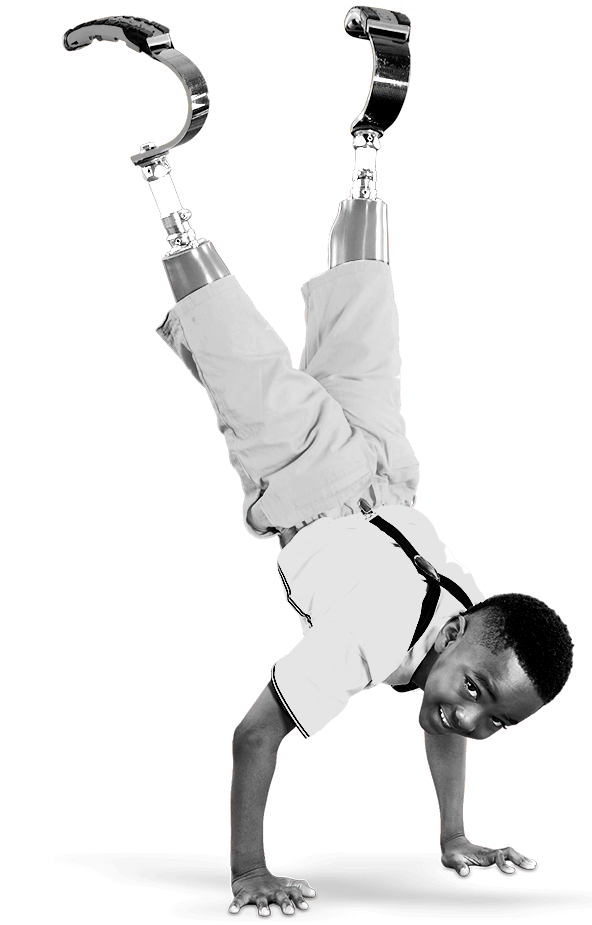
Nov 13, 2015 / Sports Medicine
Pediatricians Recommend Tougher Enforcement of Rules to Make Youth Football Safer
The American Academy of Pediatrics (AAP) has made new recommendations around the issue of tackling in youth football intended to improve player safety. Better enforcement of the rules governing illegal headfirst hits tops the list.
Shane M. Miller, M.D, a pediatrician specializing in treating sports-related injuries including concussions at the Scottish Rite for Children, agrees with the AAP recommendations, which were based on a number of scientific research studies.
According to the AAP, “The head and neck sustain a relatively small proportion of overall injuries but are usually involved when injuries are severe and are often the result of illegal tackling techniques such as spear tackling, which is when a player leads with the head. Research has shown that tackling or being tackled accounted for half of all football injuries among high school players.”
The AAP policy statement recommends:
- Ensuring proper enforcement of the rules, including on illegal headfirst hits that are now tolerated. They recommend zero tolerance and stronger sanctions, including expulsion from the game. “I am very much in favor of this,” Dr. Miller says, “and support even more significant penalties, including season-long expulsion for repeat offenders. We must make the game safer.”
- Considering removing tackling altogether while acknowledging it would fundamentally change the game. Participants must decide whether the benefits of playing are worth the risk, the AAP says.
- Expanding nontackling leagues. Dr. Miller agrees, “It would be great to allow families the choice. Currently, there are not many options for kids once they are in middle school or high school.” However, he warns that more studies are needed to show that flag football is safer. Some research indicates it also has high injury rates.
- Limiting impact to the head. “Coaches need to focus on proper tackling and hitting techniques and limit contact in practice,” according to Dr. Miller, who cited USA Football’s Heads Up Tackling techniques as a model.
- Delaying the age at which tackling is permitted. “There is not agreement on a minimum age,” Dr. Miller says. “Some have proposed 14 years, but there is concern about waiting until they have gone through puberty and are bigger, stronger and faster before they learn to start hitting each other. I support teaching proper tackling, but this depends on the coaches’ backgrounds. Rather than certified coaches, many times youth football leagues are being coached by well-meaning parents who may not have any background or training in proper hitting and tackling techniques.”
- Strengthening neck muscles of young athletes to reduce the risk of concussions and other injuries. Dr. Miller uses the ‘bobblehead doll’ analogy to describe a young football player with a helmet on. “Neck strengthening intuitively makes sense, is inexpensive, easy to do and can’t hurt!”
- Having athletic trainers at organized games and practices. “Athletic trainers are able to respond to concussions as well as any other injury or medical emergency that may arise on the field,” according to Dr. Miller, team physician for several area high schools. “I am a strong supporter of athletic trainers and their presence at sporting events. This also allows the coaches to focus on coaching, takes the decision-making process out of the coach’s hands and allows a trained medical professional to determine when an athlete can return to play.”



